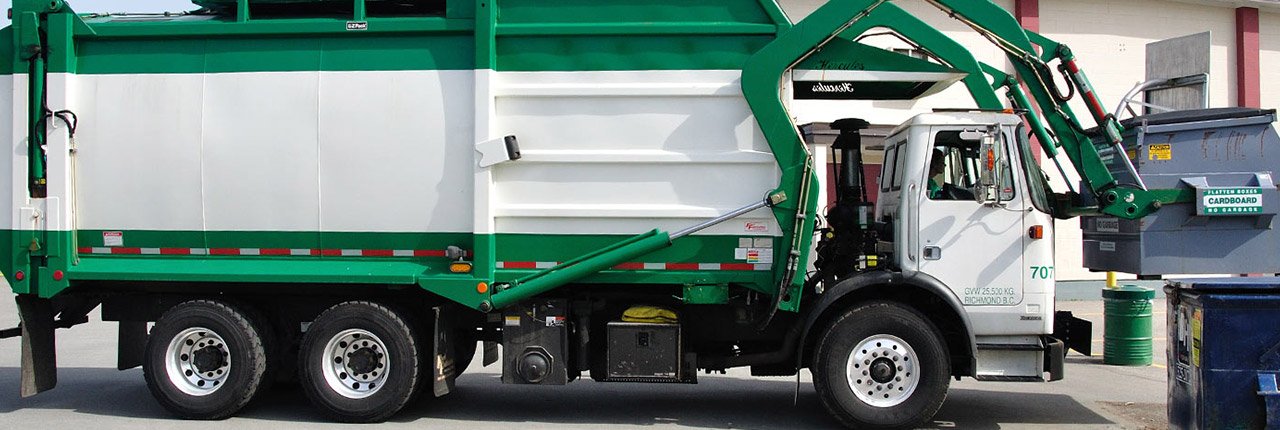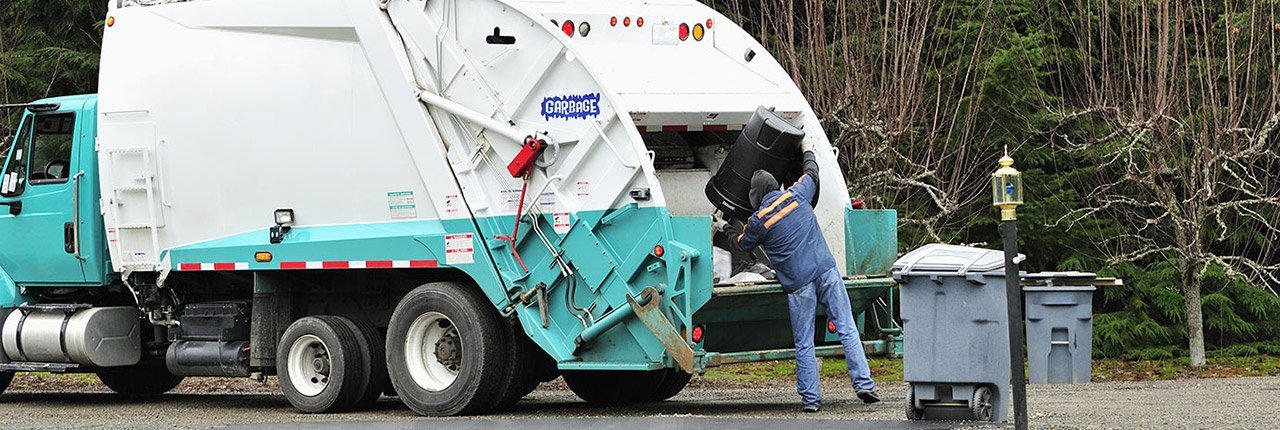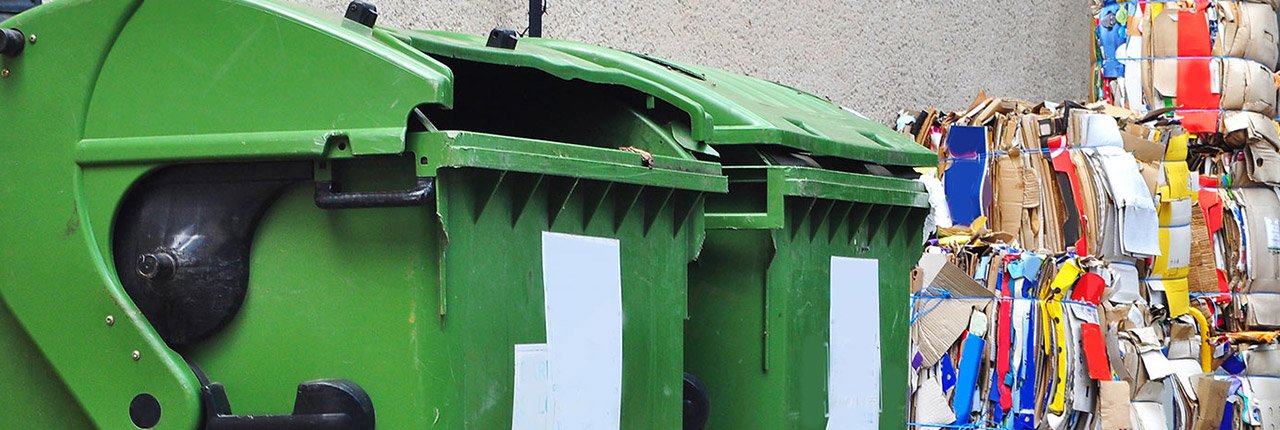Discovering the Basics: What Exactly is a Builder's Skip
Posted on 14/10/2025
Discovering the Basics: What Exactly is a Builder's Skip?
When tackling a construction, renovation, or large-scale cleaning project, managing waste efficiently becomes a significant concern. If you've ever seen a large metal container positioned outside a building site or house, there's a good chance it was a builder's skip. But what exactly is a builder skip? In this comprehensive guide, we'll unravel all aspects of builder skips--from their purposes and sizes to what can (and cannot) go in them and how to make the most of your hire.
Understanding the Basics of Builder's Skips
To start, let's define the term. A builder's skip is a large, rectangular, open-topped waste container designed for holding and transporting construction and demolition materials. Known for their durability and capacity, builder skips are essential for managing waste at building sites, home renovations, garden clearances, and various commercial jobs.
Why Are They Called "Builder's Skips"?
The term builder's skip comes from their widespread use in the construction industry. Builders frequently need a simple, robust, and efficient solution for collecting and removing large volumes of waste--hence, the name.

Different Types and Sizes of Builder's Skips
Builder's skips come in multiple sizes and styles to accommodate different project needs. Choosing the right one is crucial to ensure you don't overpay or run out of space.
Common Builder's Skip Sizes
- Mini Skips: Usually around 2-3 cubic yards--best for small domestic jobs.
- Midi Skips: Typically 4-5 cubic yards--suitable for moderate home renovations and garden clearances.
- Builder's Skips: The standard size is 6-8 cubic yards, popularly used for building projects and larger home clearouts.
- Large Skips (Maxi Skips): From 10 up to 16 cubic yards--reserved for the biggest jobs or light bulky waste.
Builder skip dimensions can vary slightly, but an average 8-yard builder's skip measures approximately 3.66m (12ft) long, 1.68m (5.5ft) wide, and 1.22m (4ft) high. It usually holds around 60-80 bin bags of waste!
Open vs. Enclosed Builder Skips
- Open-skips: Most common, easy to load, and ideal for general waste.
- Enclosed or Lidded Skips: Provide extra security and keep rainwater or vermin out--useful for certain sites.
What Can You Put in a Builder's Skip?
Builder's skips are versatile, but not everything can be tossed inside. Understanding what types of waste are suitable is essential both for safety and to avoid extra charges.
Materials Typically Accepted in Builder Skips
- Bricks, Concrete, and Rubble
- Soil and Hardcore
- Wood and Timber
- Plasterboard (Often with restrictions or requirements to separate)
- Metals
- Plastic and Packaging Materials
- General Building Waste
- Non-hazardous Domestic Waste
What Can't Go in a Builder's Skip?
- Asbestos
- Paints, Solvents, and Chemicals
- Tyres and Electrical Appliances
- Plasterboard mixed with other waste (in many areas)
- Gas Cylinders
- Fridges and Freezers
- Hazardous Medical Waste
- Batteries
Pro Tip: Always check with your skip hire company for a comprehensive list of prohibited items as rules may vary by region and provider.
How Does a Builder's Skip Hire Work?
Hiring a builder's skip is a straightforward process, but there are a few steps and considerations worth knowing. Here's a step-by-step guide to help you get started:
Step 1: Estimate Your Waste Volume
- Before ordering, estimate the total volume of waste. It's usually better to choose a slightly larger skip than you think you'll need, to avoid overfilling.
Note: Overfilling can incur extra charges or refusal to remove the skip.
Step 2: Select the Right Skip Size
- Refer to skip size guides (such as above) or speak to the hire company for advice.
Step 3: Arrange Delivery and Pick-Up
- Choose a convenient time for delivery. Skips can usually be dropped off and picked up at your home, office, or building site.
- If the skip will be placed on public land or a road, you may need a skip permit from the local council.
Step 4: Load the Skip
- Distribute weight evenly. Break larger items down if possible.
- Do not fill above the rim, as transport becomes unsafe.
Step 5: Collection and Disposal
- Once full (or after the hire period ends), the company collects the skip and sorts the waste for recycling or disposal.
Benefits of Using a Builder Skip
There are many advantages to using a builder's skip for waste management, especially during construction or renovation:
- Convenience: One container for all your waste--no repetitive trips to the tip.
- Safety: Minimizing loose debris on-site reduces the risk of injury.
- Cost Effectiveness: Can be more affordable than hiring multiple smaller skips or making many journeys to dispose of waste yourself.
- Environmental Responsibility: Reputable skip companies aim to recycle as much waste as possible, minimizing landfill impact.
How Much Does a Builder's Skip Cost?
The cost of hiring a builder's skip varies depending on several factors:
- Skip Size: Larger skips generally have higher hire fees.
- Hire Duration: Most companies offer 1-2 week hire as standard, but longer periods may be available for an extra fee.
- Location: Urban areas and cities may attract higher fees than rural locations.
- Permit Fees: If your skip is to be placed on a public road, council permit charges will apply.
- Type of Waste: Heavy or hazardous waste may incur additional costs.
As a ballpark (as of 2024), hiring a standard 6-8 yard builder's skip in the UK ranges from ?180 to ?300, including VAT and delivery/collection. Always check with your local supplier for up-to-date pricing.
Who Uses Builder's Skips?
Builder's skips are not just for professional tradespeople. They serve a wide range of uses:
- Construction and Demolition Firms: For managing site waste, rubble, and offcuts.
- Homeowners: During renovations, loft or garage clearances, and landscaping projects.
- Landlords and Property Managers: For clearing properties between tenants or after evictions.
- Commercial Businesses: Office renovations and shop refits often generate bulky waste suited for builder's skips.
Builder skip hire is ideal for anyone undertaking a project that will generate more waste than fits in a household bin but doesn't warrant a specialist waste removal service.
Tips for Successful and Responsible Builder's Skip Hire
- Plan Ahead: Book the skip early, as demand can be high during peak seasons.
- Check Access: Ensure there is enough space for the skip lorry and that the skip's placement won't block exits or utilities.
- Obtain Necessary Permits: If required, secure a skip permit from your local authority to avoid fines.
- Avoid Overloading: Never fill a builder's skip above the rim. Most waste companies will refuse to collect an overloaded skip for health and safety reasons.
- Segregate Waste if Advised: For example, keep plasterboard, electrical, and hazardous waste separate.
- Protect Your Driveway: Place wooden boards underneath if you're concerned about marking or damaging the drive.

Frequently Asked Questions About Builder's Skips
- How long can I keep a builder's skip?
Typical hire periods range from 7-14 days, but you can often extend this if needed. Remember, extra charges may apply. - Do builder's skips come with doors?
Some skips have drop-down doors for easier loading, especially for heavy waste like soil or concrete. Ask your supplier if you need this feature. - Is the waste recycled?
Most reputable skip companies recycle a substantial proportion of waste. Materials like wood, metal, plastic, and concrete are commonly separated for recycling. - Can I move the skip once it's delivered?
No. Builder's skips are extremely heavy and should only be moved by professionals with the right equipment. - What happens to the waste after collection?
It's sorted at waste transfer stations. Recyclables are diverted, and only residual waste goes to landfill or incineration.
Conclusion: Is a Builder's Skip Right for Your Project?
A builder's skip is one of the most practical solutions for managing significant amounts of waste during a construction or renovation project. With sizes and options to fit all job-types, and straightforward hire processes, builder's skips simplify site management and help you keep your work area safe and clear.
Key Takeaway: When planning your next building or clearing project, consider builder skip hire for efficient, economical, and responsible waste disposal. Check local supplier offerings, understand the permitted and prohibited items, and you'll be well on your way to a smooth and stress-free experience.
If you found this article helpful, share it with others planning building or clearance work, or contact your local skip hire expert for tailored advice.







